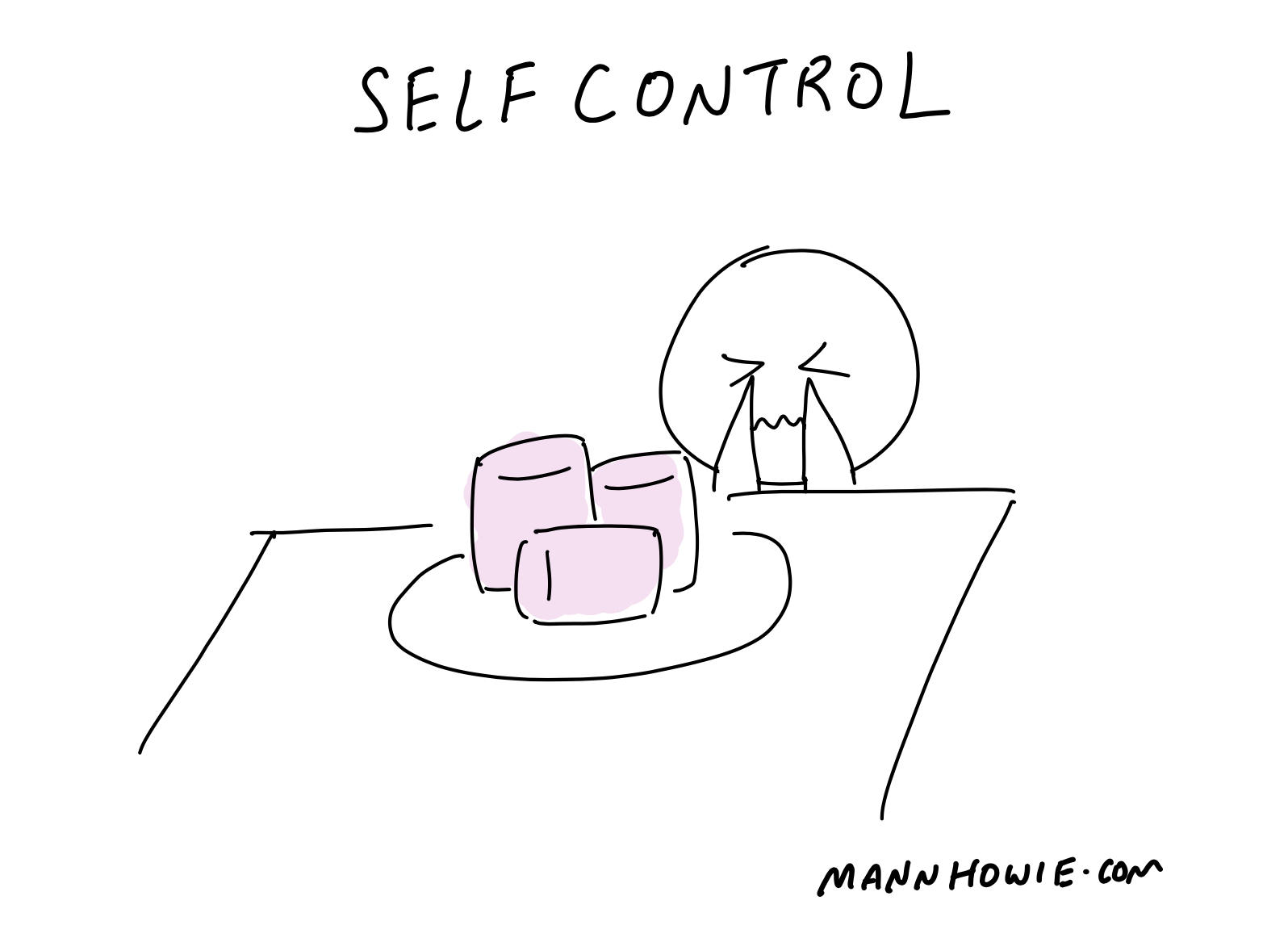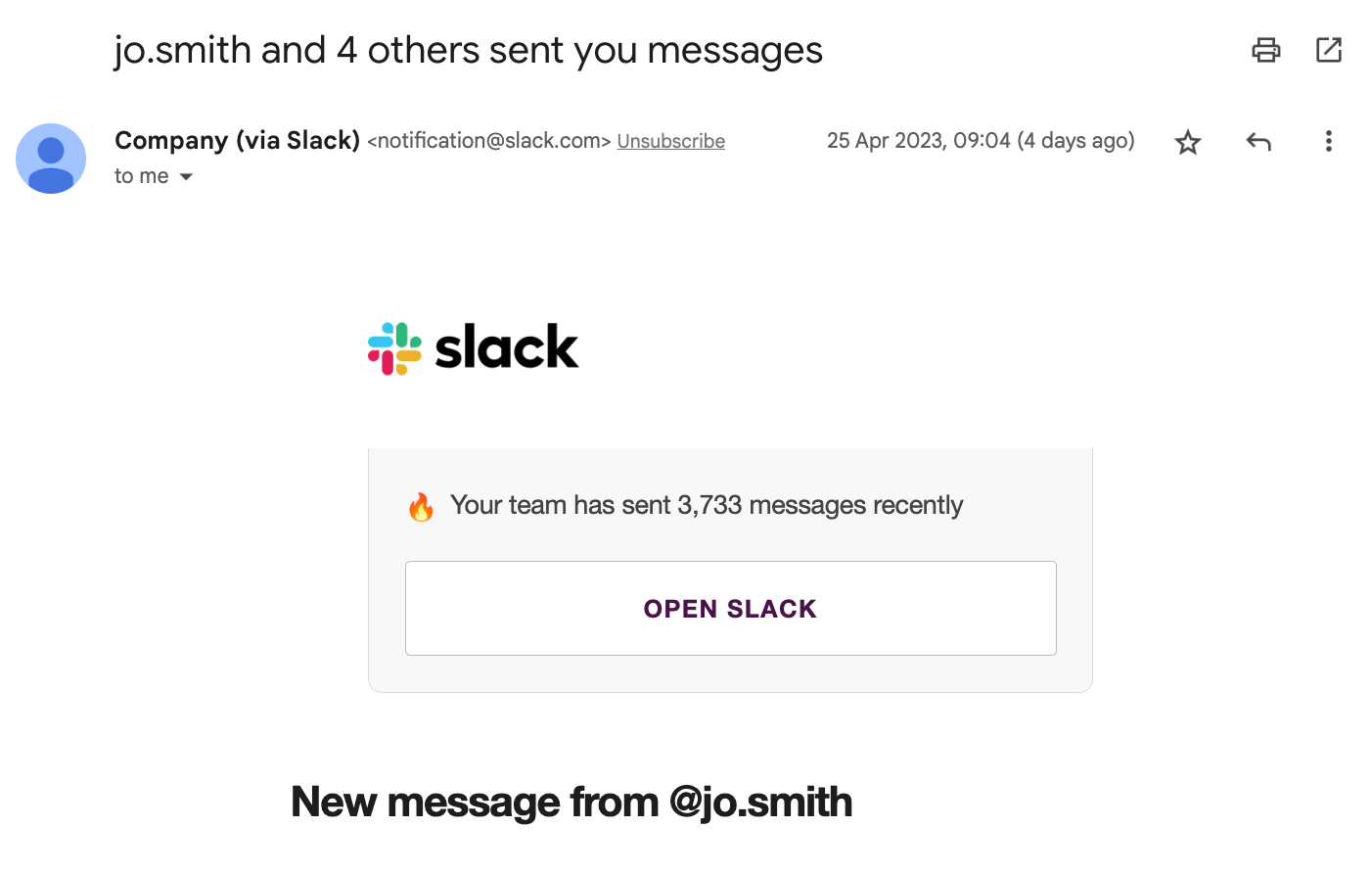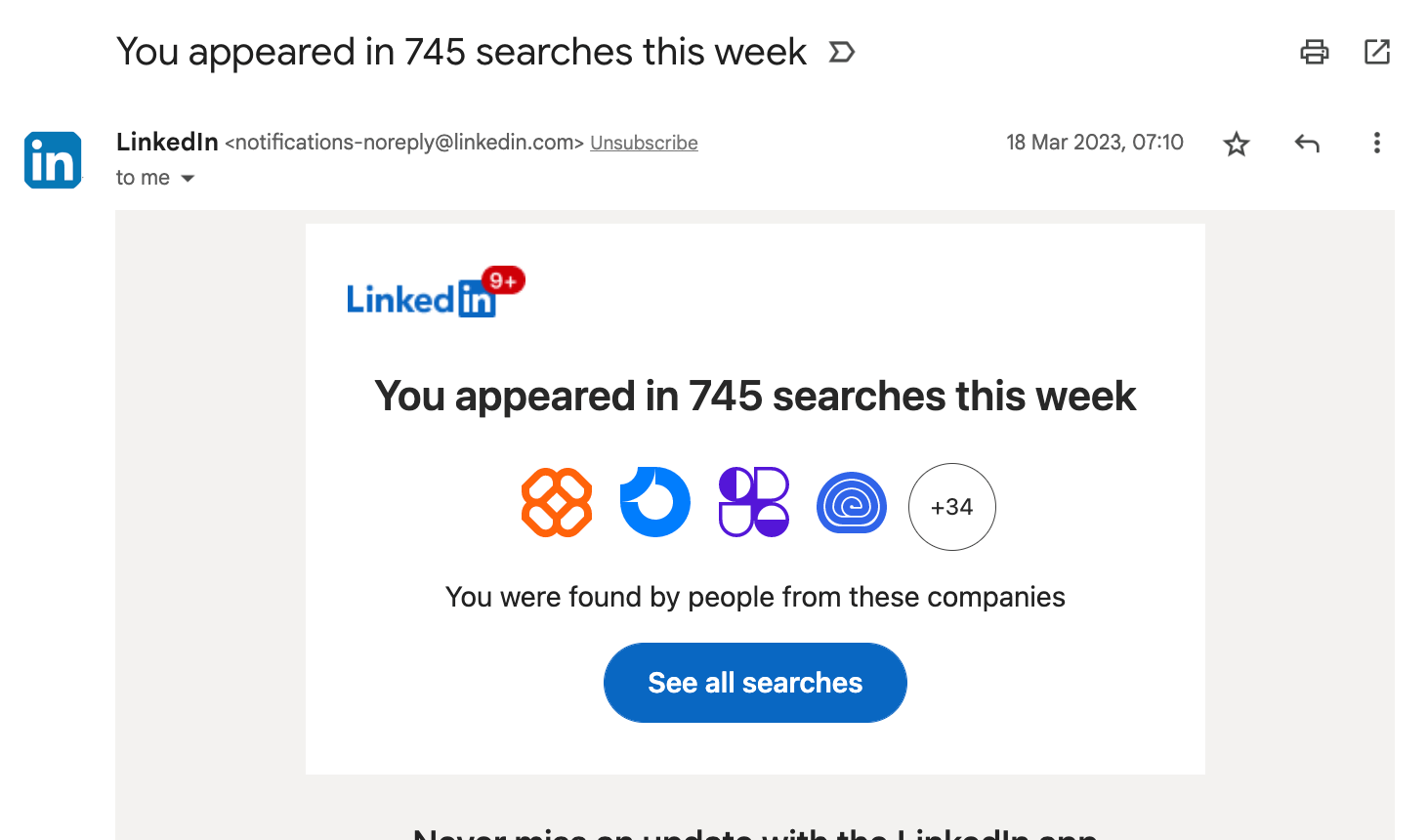Product Strategies to Modify Behavior - Lessons on Self Control
If we want to understand why people act, we can use the equation: Behavior = Desire - Resistance. This means that people with strong self-control either resist desires with high levels of resistance or avoid temptations altogether.

Two well-known studies, the Marshmallow Study and the Everyday Temptations Study, have shown that avoiding temptations is a more effective approach for high self-control.
In this article, we will summarize the study findings and provide examples of product strategies that use this knowledge to increase user engagement.
1. Marshmallow study
The Marshmallow study investigated how children's attention to rewards affects their ability to delay gratification.
The study involved 32 preschoolers who were shown a cookie and a pretzel stick and were told that they could have the cookie if they waited for 15 minutes. If they couldn't wait they could get the pretzel stick immediately. The children were divided into two groups, one of which was shown the rewards during the waiting period, while the other was not.
The results showed that the children who were not shown the rewards lasted almost three times as long as those who were shown the rewards (average wait time of 11.3 mins vs 3.8 minutes).
2. Everyday temptations study
The Everyday Temptations study aimed to investigate the connection between self-control and desire in everyday life.
The study involved 208 adults who were asked to carry smartphones for a week and report on their current desires, the strength of the desire, any conflict, and whether they acted on it.
The study found three key findings:
- People experience strong desires frequently, with almost half of them conflicting with their goals or values.
- Resisting desires is a common and effective form of self-control. Participants enacted 70% of their desires when there was no resistance, but enactment lowered to 17% when resistance was present.
- High self-control individuals tend to avoid desires rather than resisting them, leading to lower average desire strength and less conflict. This study suggests that self-control is more about avoiding desires than resisting them. As Warren Buffet said, success is getting what you want, but happiness is wanting what you get.
3. Product examples
Here are examples of how popular products employ the curiosity gap to increase desire.
Slack
Slack sends email notifications to users when someone mentions them or posts in a channel they are following. These messages create a curiosity gap by giving a glimpse of what the message is about but not the full message, encouraging them to open the app and read the full message.
Here is an example of Slack’s email notification to reengage inactive users. Email teases the number of other people who have also sent messages.

LinkedIn creates desire by sending email notifications that tells you “X number of people have searched for you in the past week/month” giving a glimpse of the companies who have searched. This notification creates a curiosity gap, they know that someone has searched for them, but they don’t know who or why.

References
- Mischel, W., & Ebbesen, E. B. (1970). Attention in delay of gratification. Journal of Personality and Social Psychology (link)
- Hofmann, W., Baumeister, R. F., Förster, G., & Vohs, K. D. (2012). Everyday temptations: an experience sampling study of desire, conflict, and self-control. Journal of personality and social psychology (link)
Want more tips?
Get future posts with actionable tips in under 5 minutes and a bonus cheat sheet on '10 Biases Everyone Should Know'.
Your email stays private. No ads ever. Unsubscribe anytime.